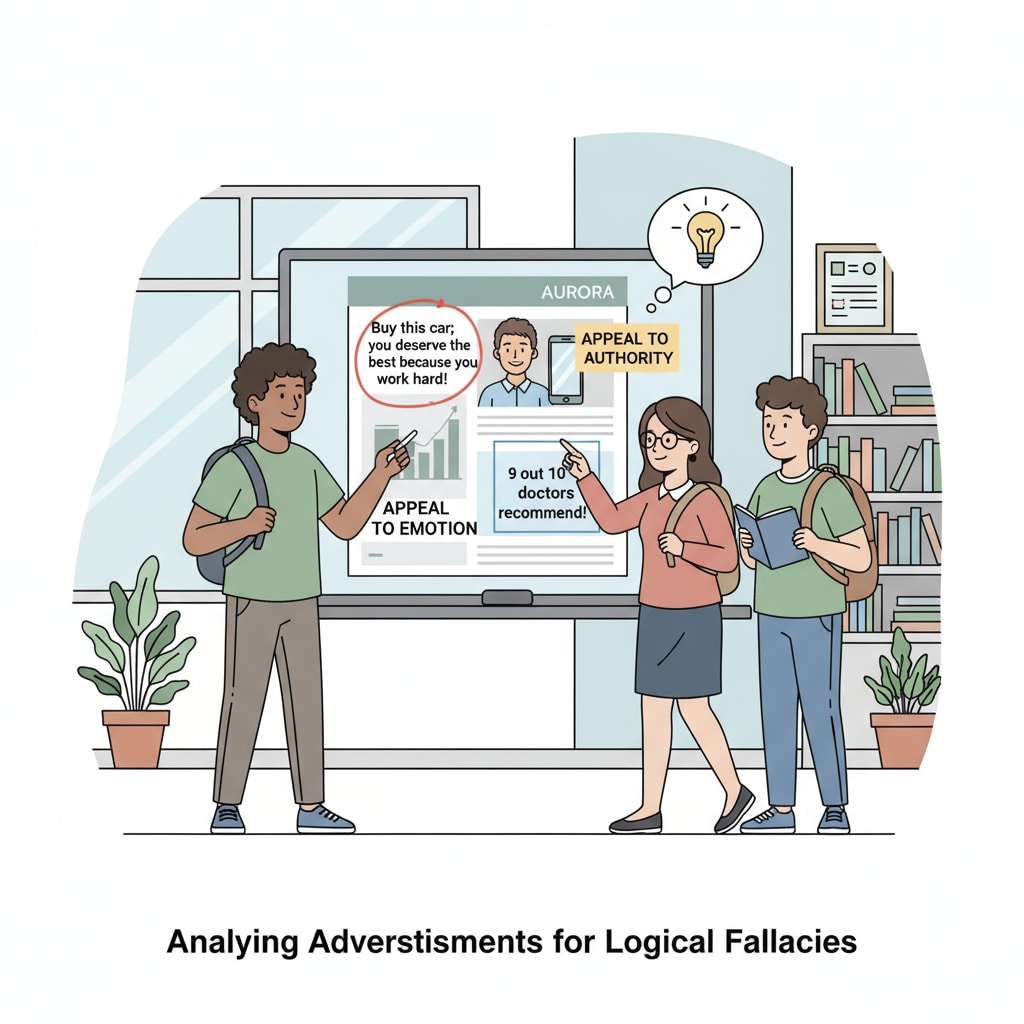In an era of information explosion, logical fallacies, critical thinking, and propaganda recognition have become vital skills for high school students. As students are bombarded with vast amounts of information from various sources, the ability to distinguish sound reasoning from flawed arguments is more crucial than ever. Incorporating a logical fallacy course into high school education can significantly enhance students’ cognitive abilities and prepare them for the challenges of the real world.
The Prevalence of Logical Fallacies in Daily Life
Logical fallacies are everywhere in our daily lives. They can be found in political debates, advertising campaigns, and even casual conversations. For example, the ad hominem fallacy, where people attack the person instead of the argument, is commonly used to discredit opponents. By teaching students to recognize these fallacies, we equip them with the tools to analyze information critically.

Nurturing Critical Thinking Skills
Studying logical fallacies is an effective way to foster critical thinking. When students learn to identify flawed reasoning, they are encouraged to question assumptions and seek evidence. This process helps them develop a more analytical mindset. According to Britannica, critical thinking involves the ability to evaluate information objectively. A logical fallacy course can provide students with the framework to do just that.

Moreover, understanding logical fallacies enables students to construct more solid arguments of their own. They can avoid common pitfalls and present their ideas in a more coherent and persuasive manner. This is especially important as they progress in their academic and professional lives.
Readability guidance: The above content uses short paragraphs to present key points. Each H2 section has a clear focus, and external links are provided to enhance credibility. Transition words like ‘for example’ and’moreover’ are used to make the flow more natural.


